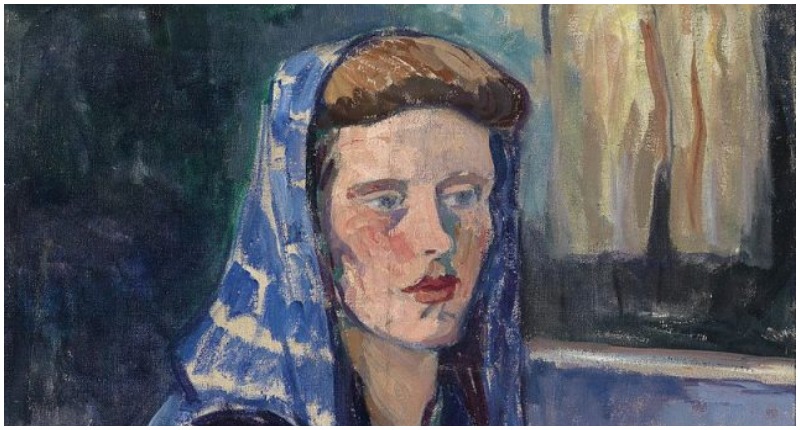Expressionism saw its rise and fall during the first half of the 20th century, going from the most avant-garde and praised artistic movement to becoming completely banned, with its main actors shamed, exiled and even done away with.
This unfortunate epilogue came about when the Nazis took power, delivering their own cultural platform and deeming all modernist artists “degenerates”.
However, in the pre-era, and the subsequent 1920s, the style was still booming, captivating various enthusiasts and sparking much-needed controversy in the world of high art, especially in Vienna, which was the artistic and intellectual powerhouse of Middle Europe during this period.
Artists such as Gustav Klimt, Oskar Kokoschka, or Egon Schiele instantly come to mind, but truth be told ― they weren’t the only ones leading this revolution, nor were all of the protagonists male.
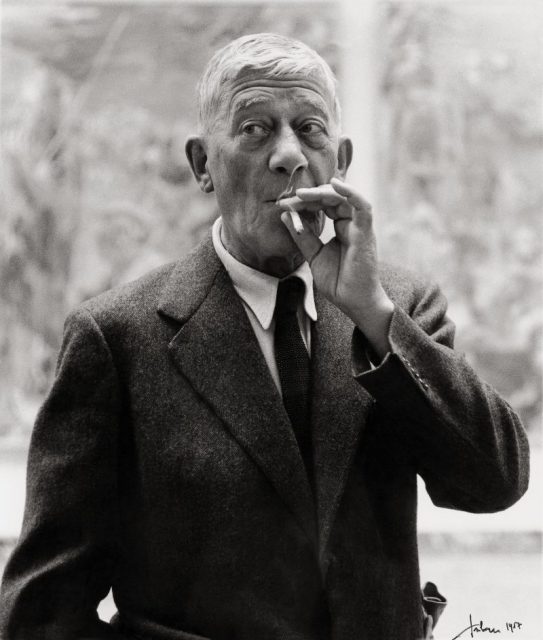
A recent exhibition set up in the Viennese Belvedere Museum sheds light on female artists whose work was equally important, but failed to reach such acclaim in the years following the end of the war, when other figures in the art world whose work was deemed “degenerate” were being actively rehabilitated in an attempt to correct the historical injustice.
Covering the period between 1900 and 1938, the exhibition titled The City of Women displays works of around 60 female artists who were an integral part of the Vienna art scene at the time.
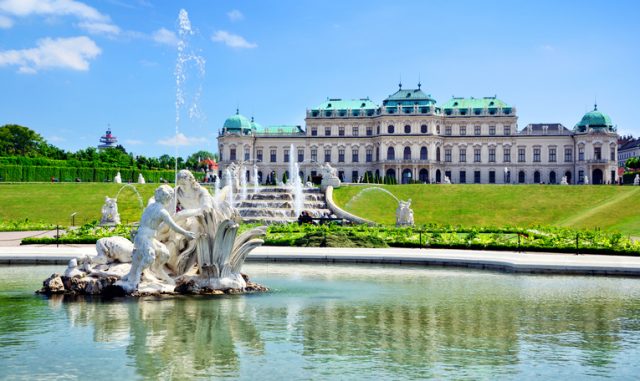
While most of their works were up until recently covered in dust and stored away in attics and basements of the city, they now stand proud, delivering an entirely different perspective of the turbulent times in which great art flourished.
Stella Rollig, the Belvedere’s artistic director, told the BBC that these women “were and still are a great inspiration, and their works have been wrongly ignored for almost a century.” Women weren’t allowed to enroll at Vienna’s Academy of Fine Arts until 1920, and they were constantly discouraged in their attempts to take on painting and sculpting.
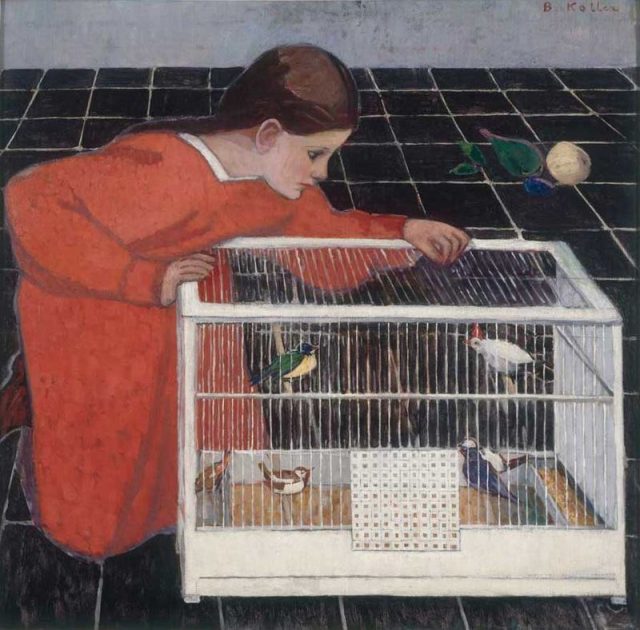
Prior to women being permitted to study at the Academy, they had to resort to various other methods, which usually included expensive private teachers.
Suffering from general mistrust towards female artists, it was hard for them to even acquire mentorship, as they were seen solely through the lenses of being nothing more than future housewives.
Nevertheless, some women dared to create exquisite and subversive art, challenging the male-dominated scene. For example, Broncia Koller-Pinell was one of the female painters who contributed largely to the art scene in Vienna, earning recognition and endorsement of already acclaimed artists such as Kilmt and Schiele.
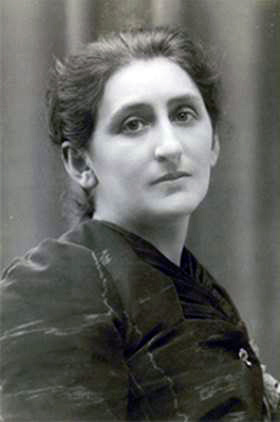
She was only one of many whose reputation was smeared by the Nazis after her demise in 1934, almost falling into complete oblivion, which was in large part due to her Jewish ancestry.
While Broncia Koller-Pinell showed interest in French Impressionism and painted mainly landscapes, some of her counterparts like Teresa Feodorowna Ries and Elena Luksch-Makowsky were more into creating works of art that would challenge the perception of women, invoking what was deemed as vulgarity and pornography — and sparking huge controversy along the way.
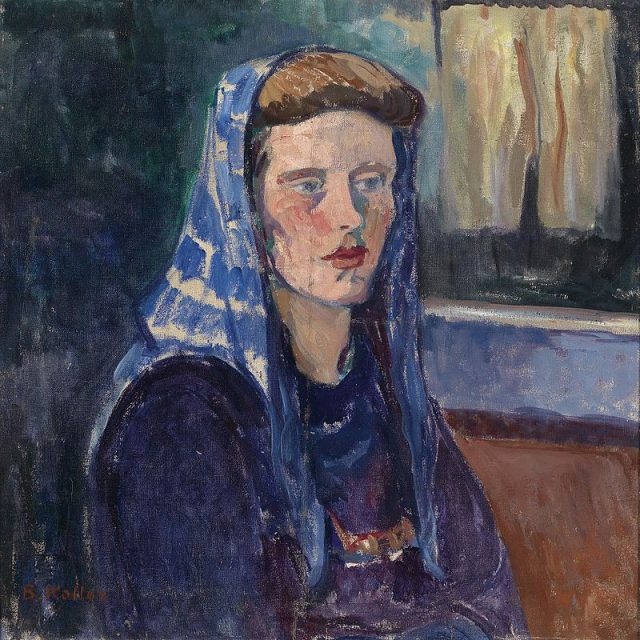
Teresa Feodorowna Ries became famous in 1896 for her life-size marble sculpture depicting a woman clipping her toenails. The sculpture titled a Witch Doing Her Toilette on Walpurgis Night caused outrage, as the face of the “witch” was considered too “lustful” by the critics, although some other influential figures, like the Viennese novelist Stefan Zweig, found great respect for Teresa’s work.
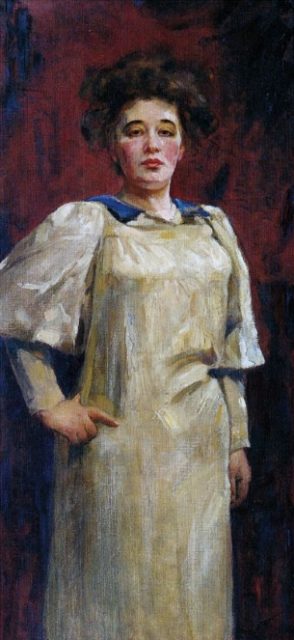
In 1938 her studio was ransacked by Nazi supporters, and in 1942 she was forced to emigrate to Switzerland. A similar reaction was caused in 1902 by a painting depicting a mother and her child ― a self-portrait of Elena Luksch-Makowsky and her son. The “problem” with the painting was that it was reminiscent of religious images of the Madonna and Baby Jesus. Comparing an artist to such figures was bound to shake some conservative critics.
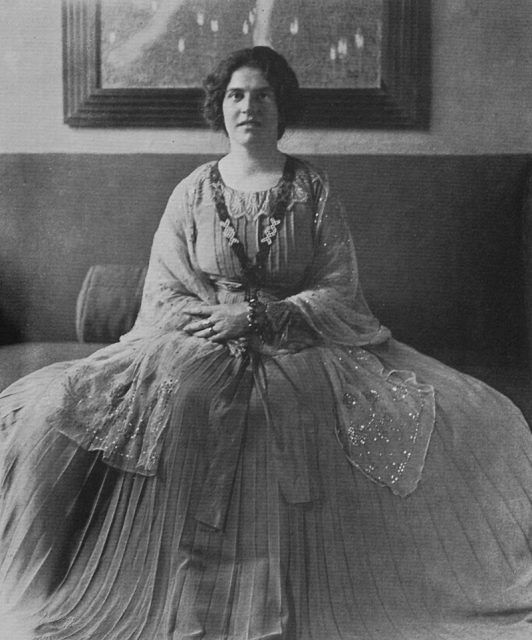
While some of the artists managed to find refuge in reclusiveness, such as Helene Funke, others were persecuted and even deported to camps.
Friedl Dicker and Ilse Twardowski-Conrat were both respected in artistic circles before the rise of Nazism. While Dicker spent the last years of her life in camps such as Theresienstadt and Auschwitz, Twardowski-Conrat resorted to taking her own life in 1942, after she was ordered to register as Jewish by the authorities.
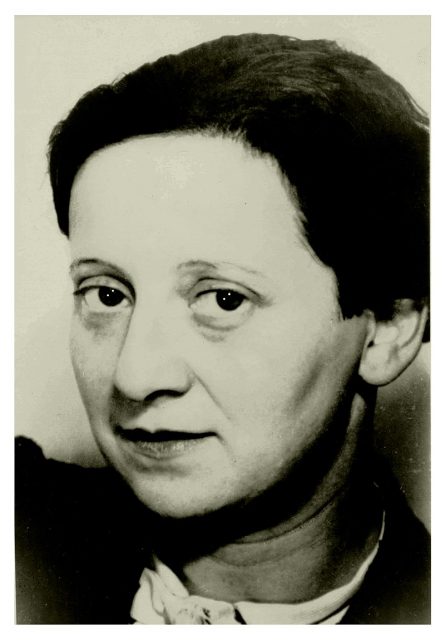
Many others suffered the same fate. Nazi Germany had no remorse towards destroying their works of art either, almost completely erasing them from existence. Luckily, some of the work has survived this historic turbulence and now forms the core of this fascinating revival of interest towards female artists and collectives such as the Austrian Association of Women Artists, founded in 1910.
Read another story from us: During WWII Parts of a “Fake Paris” were Built to Confuse Nazi Aircraft
Rescuing these artistic figures from anonymity has become the main purpose of the Belvedere exhibition, as well as directing focus on studying and discovering more about the women who stood alone, both against male prejudice and the rise of one of the world’s most destructive ideologies.
